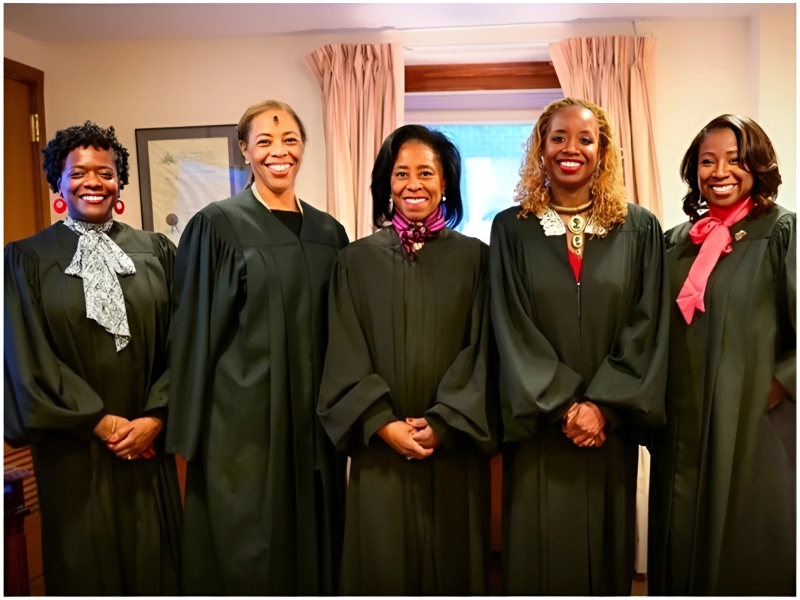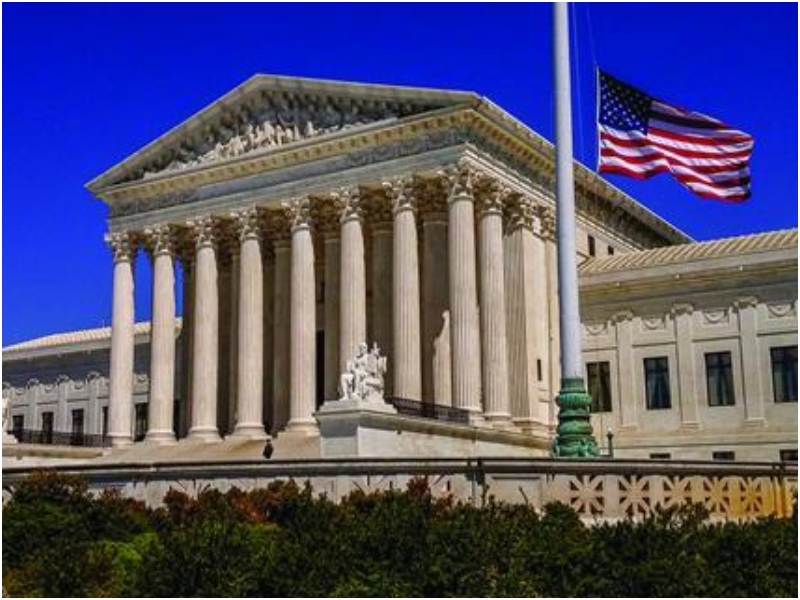In the U.S., there are certain customs, practices, and traditions that reflect the solemnity and formality of the judicial process.
These traditions vary by jurisdiction, court level, and individual judges, but some notable customs include:
1. Robes and Judicial Attire
- Black Robes: One of the most visible traditions is that judges wear black robes during court proceedings. This tradition dates back to the 17th century in England and was adopted by U.S. courts. It symbolizes the authority, neutrality, and solemnity of the judicial role. Some courts or judges may wear different colored robes for ceremonial occasions, such as red robes in some appellate courts.

2. Opening Court Sessions
- “All Rise”: When a judge enters the courtroom, the court clerk often announces their arrival with a phrase like “All rise,” and everyone stands as a sign of respect for the judiciary. This custom is a demonstration of respect for the court and the law, not the individual judge.
- “Oyez, Oyez”: In the U.S. Supreme Court and some state courts, the session begins with the clerk calling out “Oyez, Oyez, Oyez,” which is a tradition that dates back to medieval English courts, signaling the opening of the court session.
3. Gavel
- Use of the Gavel: Although not universal, the use of a gavel by some judges is a symbolic way to open and close court sessions, as well as to maintain order in the courtroom. The gavel is also used in other legal and legislative contexts to signify authority and decision-making.
4. Portrait Ceremonies
- Portrait Unveiling: In many courts, when a judge retires or passes away, it is common to hold a portrait unveiling ceremony. The portrait is typically hung in the courthouse to honor the judge’s service and contributions to the judiciary. This tradition reflects the esteem in which judges are held and serves as a reminder of the court’s history.
5. Judicial Oaths
- Swearing-In Ceremonies: New judges take an oath of office that is both a legal requirement and a symbolic gesture of their commitment to uphold the Constitution and laws of the United States. Swearing-in ceremonies can range from quiet formalities in chambers to large public events, often including family members, fellow judges, and political officials.
6. Retirement Traditions
- Special Court Sessions: When a judge retires, some courts may hold a ceremonial “last case” session or special farewell proceeding in which colleagues, attorneys, and court staff may offer remarks honoring the judge’s career. This is a tradition especially common in appellate courts and some district courts.
7. Judicial Conferences
- Annual Judicial Conferences: Judges often participate in judicial conferences at the state or federal level. These conferences serve as an opportunity for continued education and networking, and sometimes include ceremonies or moments of reflection on judicial tradition.
8. Use of Honorifics
- “Your Honor”: It is customary in U.S. courts to address judges as “Your Honor” during court proceedings, reflecting respect for the authority and impartiality of the judiciary. This is a longstanding tradition that reinforces the dignity of the judicial process.
While there are no elaborate or widely known ceremonial traditions like those seen in some other legal systems, the U.S. judiciary maintains a culture of respect, formality, and adherence to procedure that helps reinforce the rule of law.

